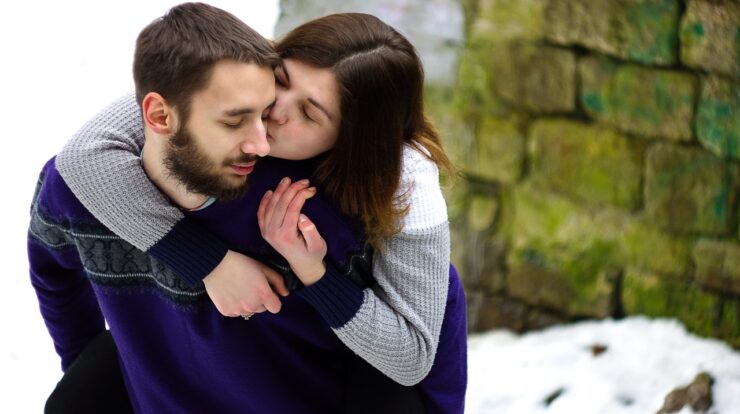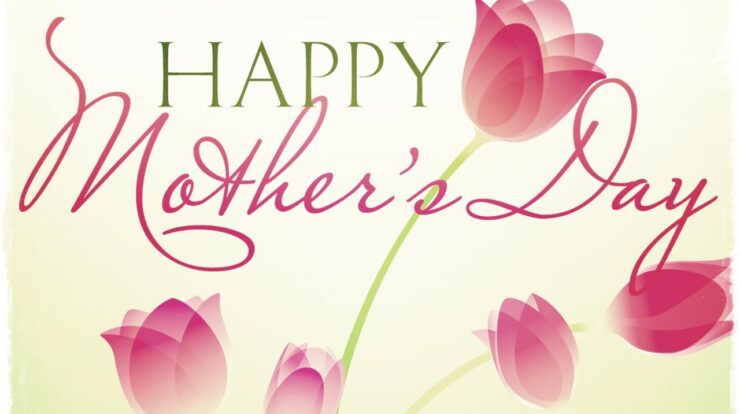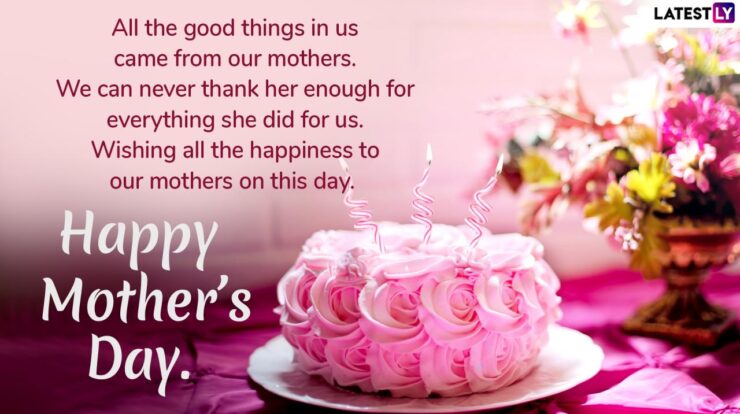
Romance definition sets the stage for this enthralling narrative, offering readers a glimpse into a story that is rich in detail and brimming with originality from the outset.
The genre of romance has evolved over centuries, captivating audiences with its timeless themes of love, desire, and happily ever after. From classic novels to contemporary blockbusters, romance definition encompasses a wide range of subgenres and elements that define the genre’s enduring appeal.
Types of Romance

Romance novels encompass a wide range of subgenres, each with its own distinct characteristics and themes. Some of the most popular types of romance include:
- Historical romance:Set in a past era, these novels explore the love stories of characters living in historical periods.
- Contemporary romance:These stories take place in modern times and feature relatable characters navigating the complexities of love in the present day.
- Paranormal romance:Incorporating elements of the supernatural, these novels feature characters with extraordinary abilities or who interact with supernatural beings.
Elements of Romance
Romance novels are defined by a set of essential elements that create a compelling love story. These elements include:
- Central love story:The heart of a romance novel is the central love story between two characters.
- Happy ending:Romance novels typically feature a happy ending, where the main characters overcome obstacles and find lasting love.
- Love triangle:A common element in romance novels is the love triangle, where one character is torn between two potential love interests.
- Emotional journey:Romance novels focus on the emotional journey of the characters as they navigate the challenges and joys of love.
Romantic Tropes
Romance novels often utilize common tropes, which are literary devices that create a familiar and appealing narrative. Some popular romantic tropes include:
- Enemies-to-lovers:Two characters who initially dislike each other gradually fall in love.
- Forbidden love:Two characters from different social or cultural backgrounds fall in love despite societal disapproval.
- Second chance romance:Two characters who were once in love reunite and rekindle their romance.
- Love at first sight:Two characters fall deeply in love almost immediately after meeting.
Character Development in Romance: Romance Definition
Character development is crucial in romance novels, as it helps readers connect with and relate to the main characters. Authors create relatable characters by:
- Establishing clear motivations:Giving the characters clear goals and desires helps readers understand their actions.
- Creating flaws and vulnerabilities:Making the characters relatable by showing their flaws and vulnerabilities.
- Developing their relationships:Exploring the relationships between the characters and how they grow and change.
Epilogue
Romance definition is a multifaceted concept that encompasses a vast array of literary and cinematic works. It is a genre that continues to evolve and adapt to the changing tastes of readers and viewers, ensuring its enduring popularity for generations to come.
Top FAQs
What is the main element of romance definition?
The main element of romance definition is the central love story between two individuals, which typically involves a happy ending.
What are some common subgenres of romance definition?
Some common subgenres of romance definition include historical romance, contemporary romance, paranormal romance, and romantic suspense.
How does romance definition impact popular culture?
Romance definition has a significant impact on popular culture, influencing everything from music and movies to fashion and social norms.





